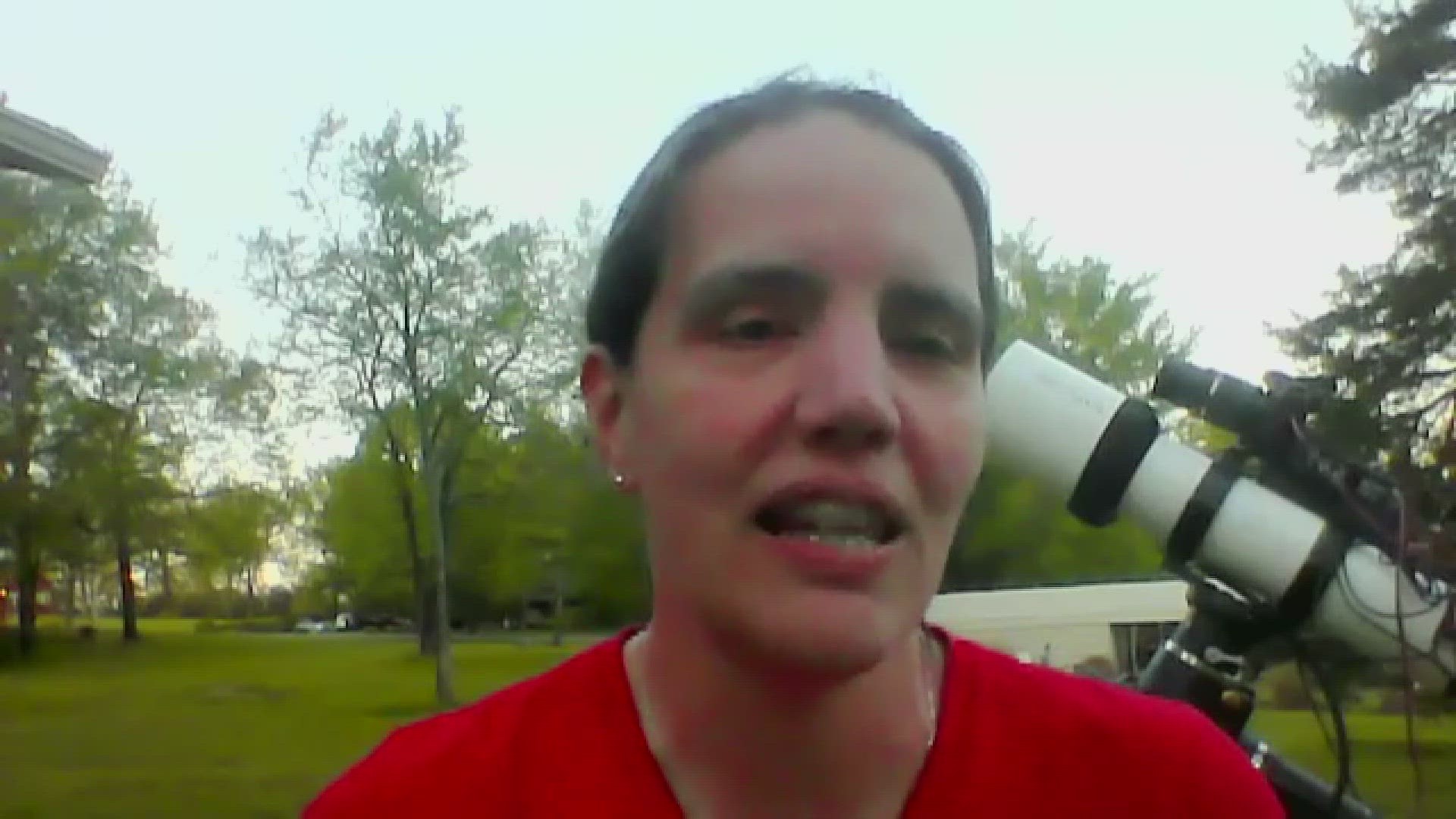SEATTLE — What time was the solar eclipse visible in Seattle and elsewhere in Washington state?
The eclipse began at 10:39 a.m. and lasted until 12:21 p.m. in Seattle, with its peak at 11:29 a.m. The timing varied by just a few seconds depending where you are in the state.
Washington did not see the full eclipse. The path of totality is farther east, covering portions of Texas, Arkansas, Oklahoma, the Midwest and the Northeast.
From our perspective, the moon covered about 20% of the sun's surface. The entirety of North and Central America will see at least a partial eclipse.
Here's how much of the eclipse you were able to experience depending on where you live in Washington state, according to TimeandDate.com:
- Seattle: 20.02%
- Tacoma: 20.37%
- Everett: 19.77%
- Port Angeles: 18.07%
- Spokane: 26.71%
- Pullman: 28.49%
A solar eclipse happens when the moon passes between the sun and the earth, blocking some or all of the light cast on the earth's surface for a brief period of time.The center of the shadow that the moon casts on the earth's surface (places where the sun's light is completely blocked) can be relatively small, sometimes only 50 miles wide, according to NASA. As the moon, the sun and the earth all move, the center of the shadow travels across the earth's surface, creating what scientists call the path of totality.
However the partial shadow can span thousands of miles to the east and west of the path of totality. For this eclipse, all of North and Central America was able to see at least a partial eclipse, according to Space.com.
Western Washington eclipse forecast
Did the weather cooperate when the moon briefly passed in front of the sun on Monday?
For western Washington, it did not.
It was cloudy over much of the region on Monday - between 70-80% cloud cover in most places.
Washington state only saw a partial eclipse on Monday, with 20% of the sun covered by the moon.
The best spot to see what we can of the solar eclipse was east of the Cascade Mountains. Wenatchee was forecasted to be partly cloudy, seeing 35%-50% cloud cover during the event.

